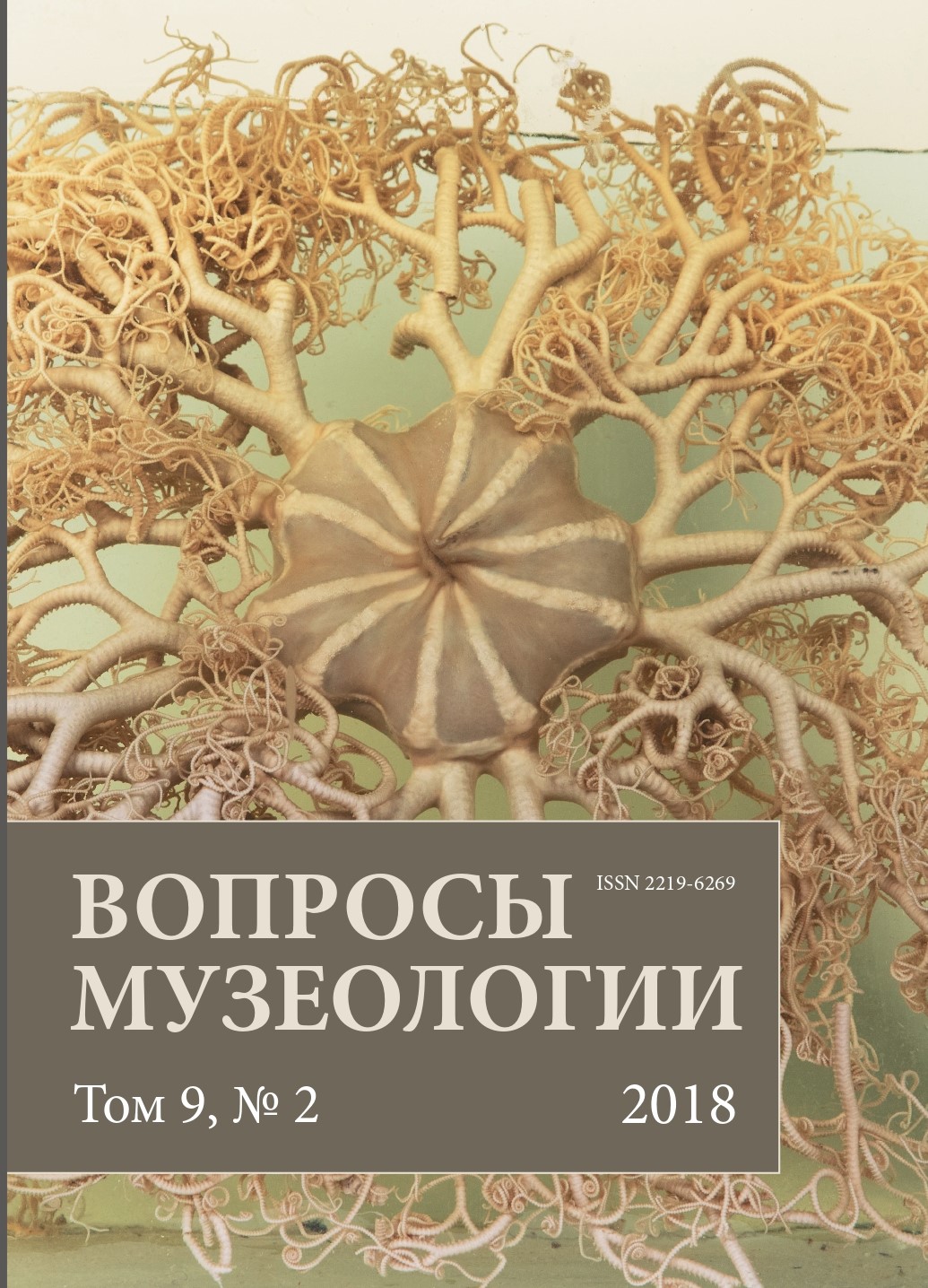History of the fireplace screen from the collection of the National Pushkin Museum
DOI:
https://doi.org/10.21638/11701/spbu27.2018.208Abstract
The article is devoted to the attribution of the embroidery theme of the fireplace screen from the furniture collection of the National Pushkin Museum. The fireplace screen with the embroidery depicting two girls in the nursery is displayed at the exposition of the Pushkin Apartment Museum and serves to illustrate the presence of children in this house. Nevertheless, the object has its provenance which is associated with the names of the Trigorskoye estate owners: the Osipov, the Vrevsky and the Wulf families. Trigoskoye estate in the Pskov Region was often visited by Alexander Pushkin. In 1960s the relics came to the possession of the National Pushkin Museum. Amongst other materials related to these families, the fireplace screen for a long time was regarded as a typological piece of furniture in the museum exposition. Fifty years new information became available. The original image was discovered that served as a source for creating the embroidery inserted into the screen: the engraving by Samuel Cousins after Edwin Landseer’s painting “The Children of the Marquise of Abercorn” — portrait of Harriet and Beatrice, the daughters of Marquis James Hamilton, 1st Duke of Abercorn. This painting is now hanging over the fireplace in the living room of the Abercorn castle in Northern Ireland and has never left its limits. In the middle of the 21st century engravings from paintings by famous artists were extremely popular. Prints were published and sold in the London stores. It can be assumed that the embroidery of the fireplace screen was made from an engraving, or the engraving itself served as the basis for embroidery samples published as separate editions. The provenance of the screen was enriched with data that unites Trigorskoye relic with the English ducal Hamilton-Abercorn family, which became related to Pushkin’s descendants.
Keywords:
fire screen, attribution, source, Samuel Cousins, Edwin Landseer, Trigorskoye, the Vrevskies, the Pushkins, Hamilton
Downloads
References
Литература
References
Downloads
Published
How to Cite
Issue
Section
License
Articles of "The Issues of Museology" are open access distributed under the terms of the License Agreement with Saint Petersburg State University, which permits to the authors unrestricted distribution and self-archiving free of charge.





